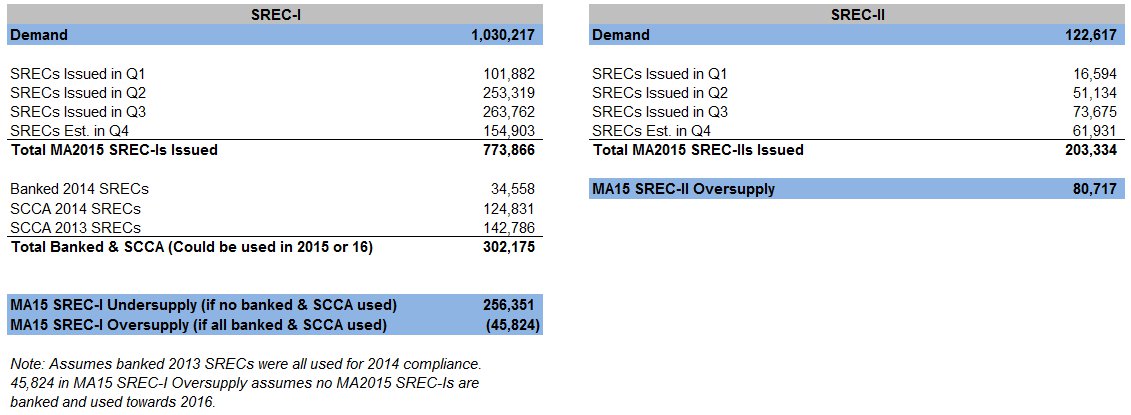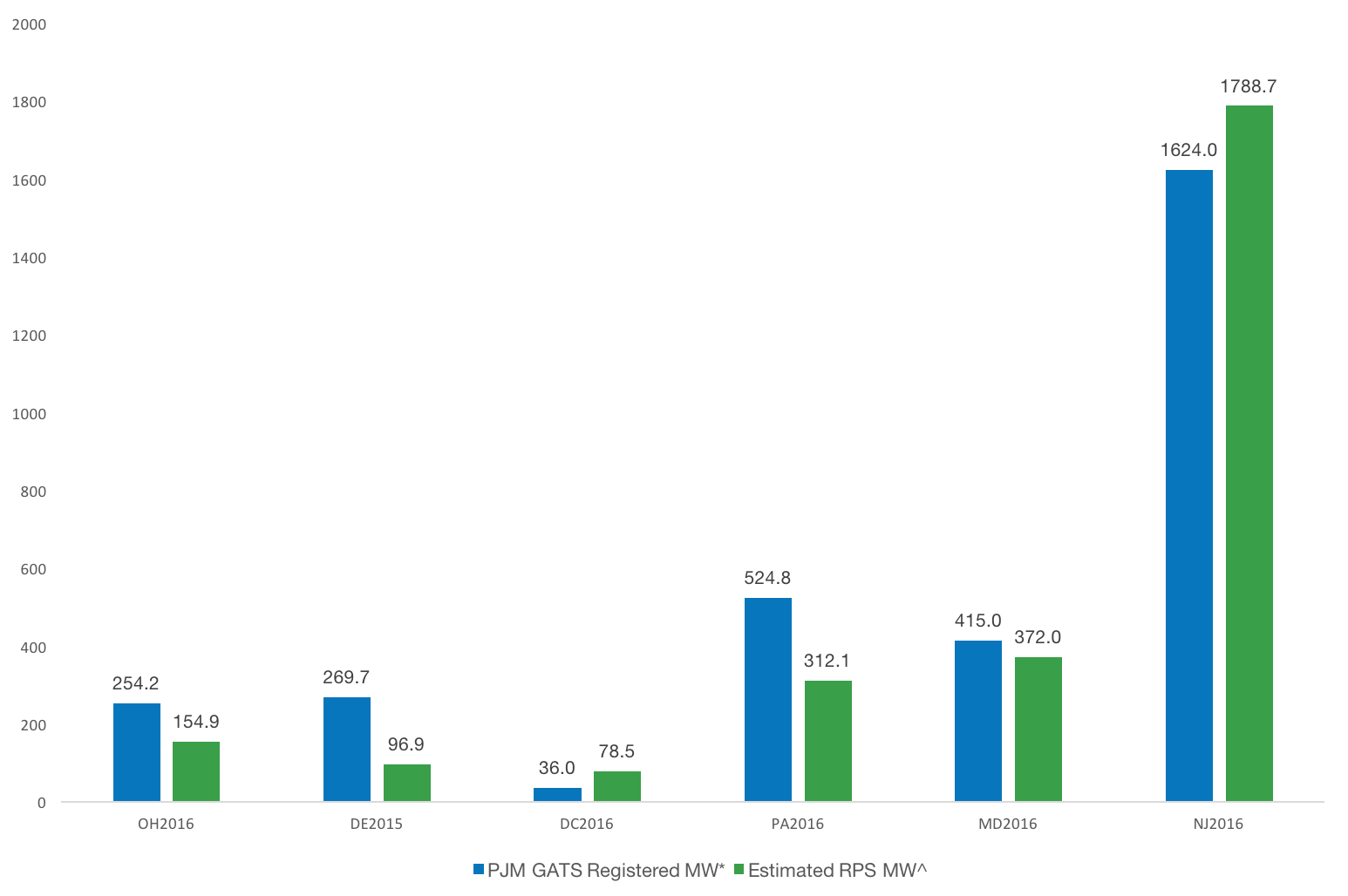On Friday, April 8, 2016 (the effective date), the Massachusetts Department of Energy Resources (MA DOER) announced it filed emergency regulation with the Secretary of State’s office. The regulation was submitted to address the current uncertainty in the solar industry and facilitate a smooth transition from SREC-II to the next incentive program. Although this emergency regulation is effective immediately, it can only remain in effect for 90 days pending a full DOER rule-making proceeding. Information on next steps in the emergency regulation process is still forthcoming, including public hearings and public comment submission deadlines.
Notably, the emergency regulation implements the following:
- Extends SREC-II eligibility to all systems greater than 25 kW constructed by January 8, 2017; 9 months from the effective date
- Extends SREC-II eligibility to all systems less than or equal to 25 kW interconnected by the start of the next incentive program
- Implements compliance exemption for all electricity supply contracts signed within 30 days of the effective date
- Ensures SREC-II will run through 2027
In regard to systems greater than 25 kW, the emergency regulation grants Statements of Qualification dated April 8, 2016, to all systems that have an existing Assurance of Qualification or that have submitted an application. The retention of granted Statements of Qualification is dependent on systems demonstrating (1) authorization to interconnect or (2) proof of construction to the DOER by January 8, 2017.
Reiterating the note above, in regard to systems less than or equal to 25 kW, all applications that demonstrate authorization to interconnect by the start of the next incentive program will be qualified under the SREC-II program.
In close, the DOER noted that development of the Commonwealth’s next solar energy incentive program is underway. Sustainable Energy Advantage, LLC (SEA) has been engaged to assist in conducting analysis in evaluation of the next program. Additionally, the DOER will work with market participants to solicit feedback as the program is designed and implemented.
SRECTrade will continue to monitor the status of the emergency regulation and provide updates regarding the future of Massachusetts’s next solar incentive program. We look forward to watching the state continue to structure competitive market based solutions, similar to those previously utilized, to continue its position as a national leader of deploying distributed solar technologies.
Tweet




